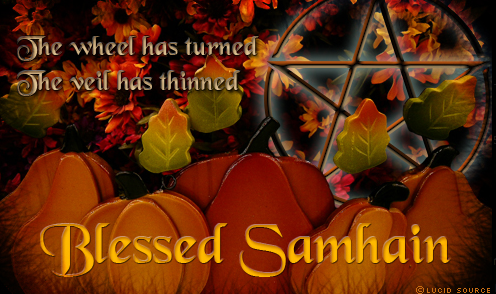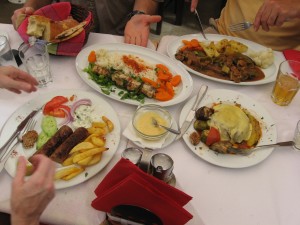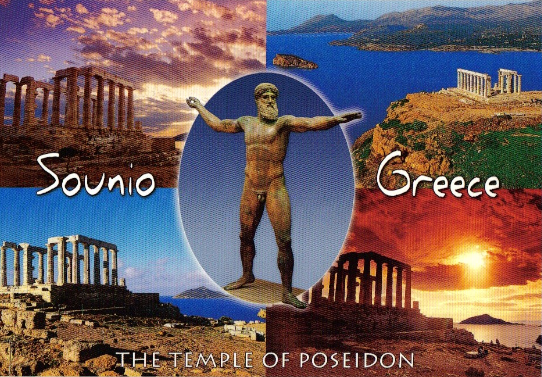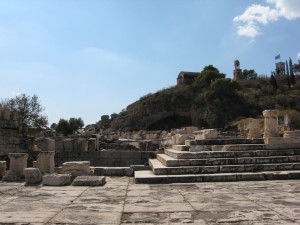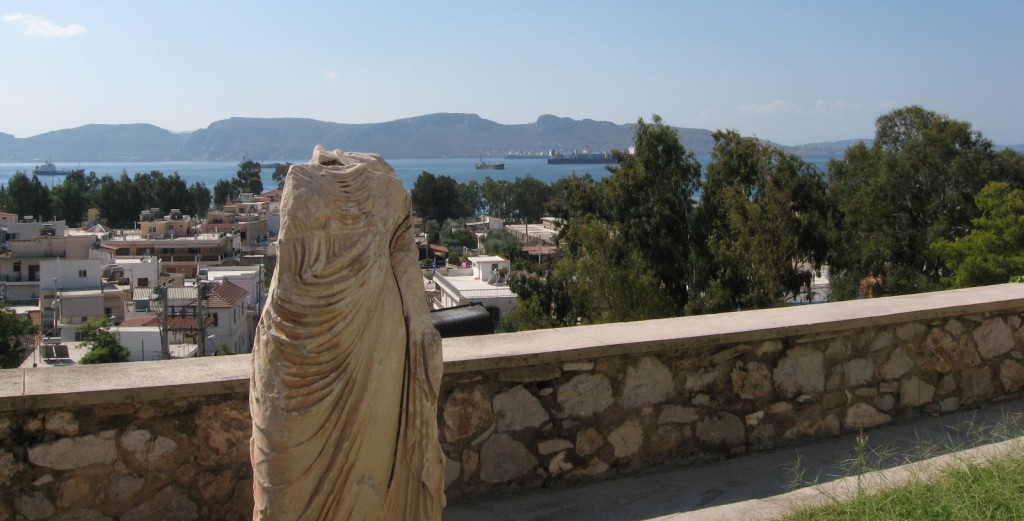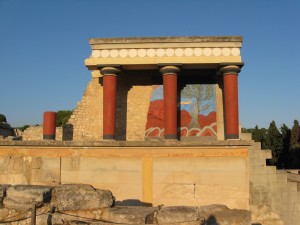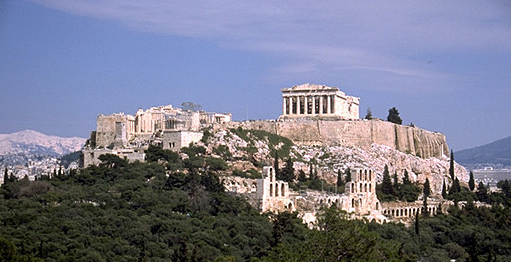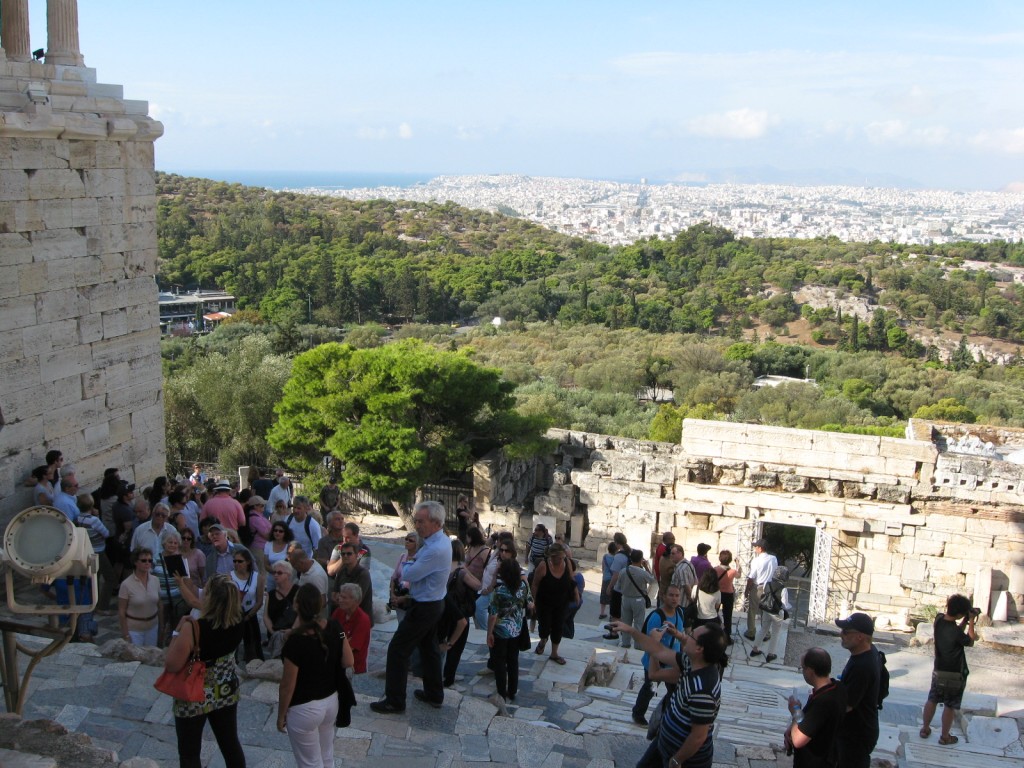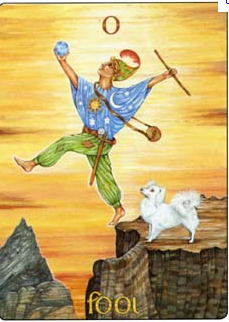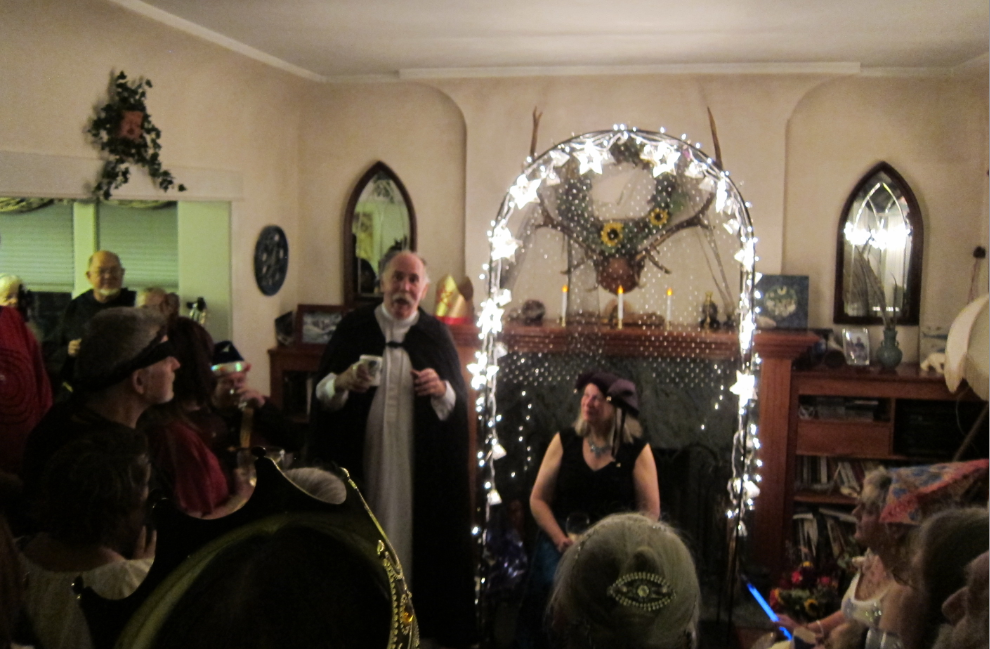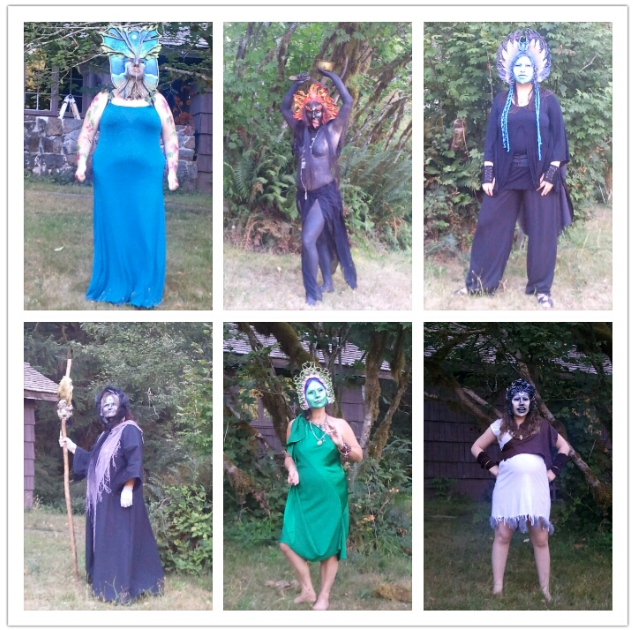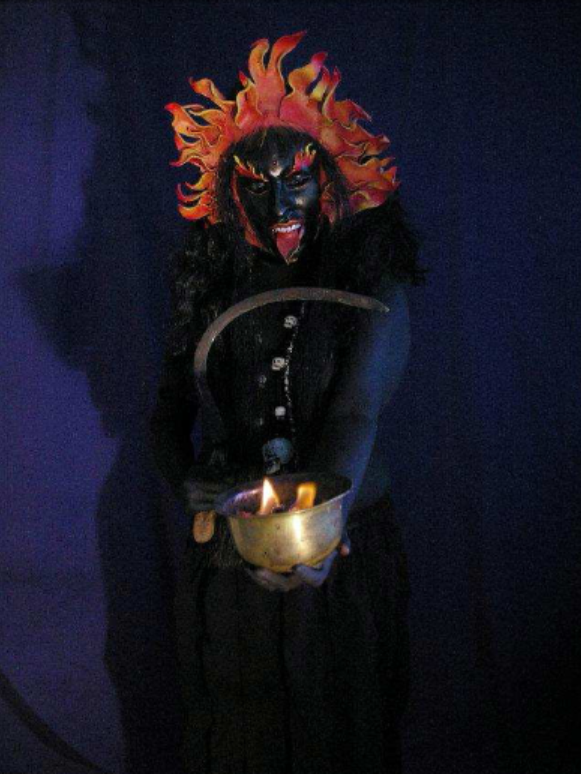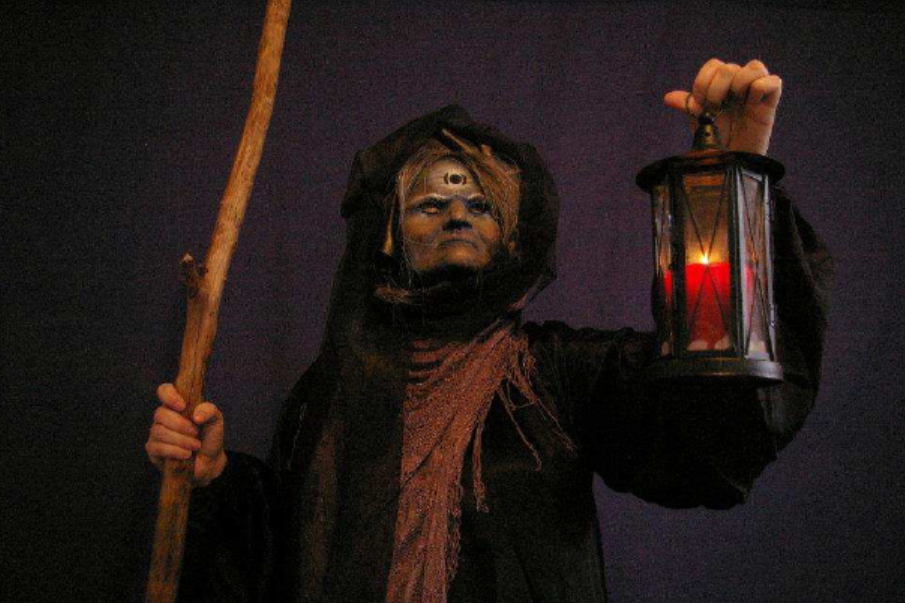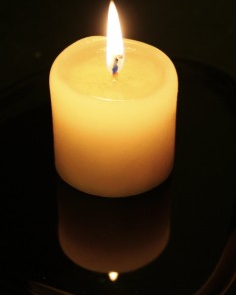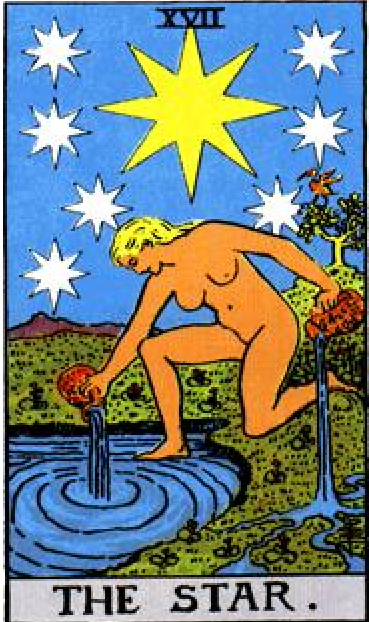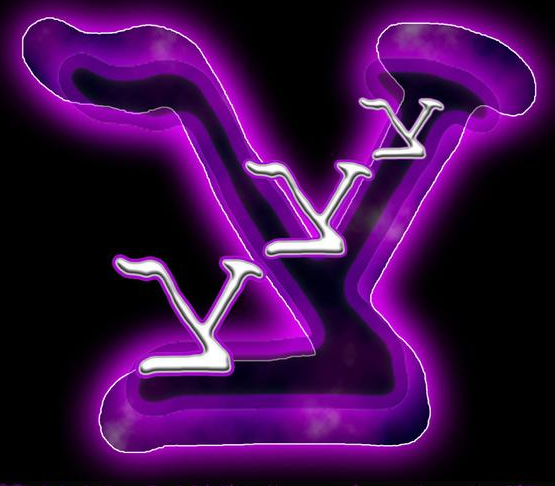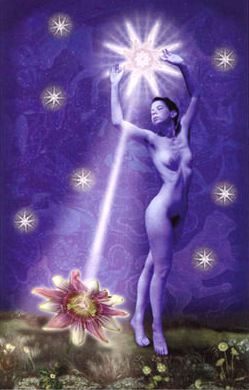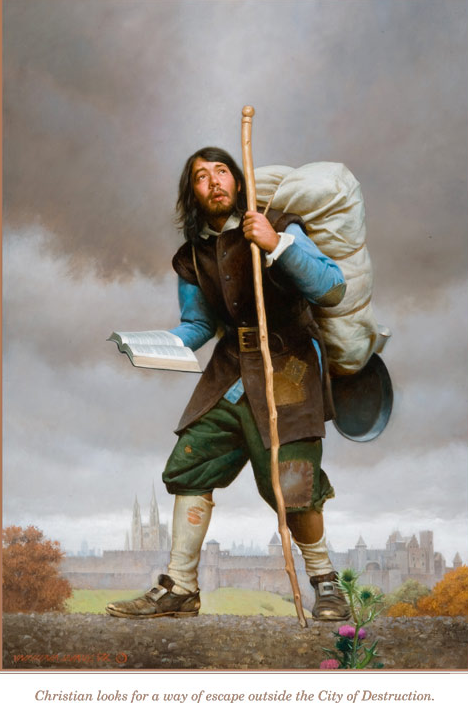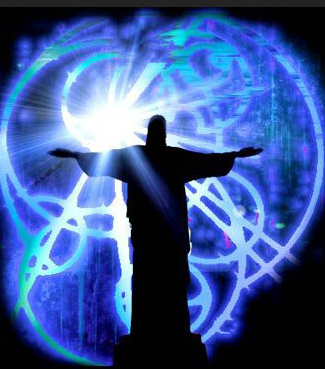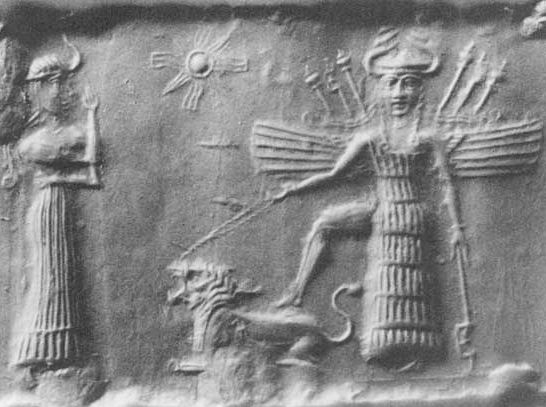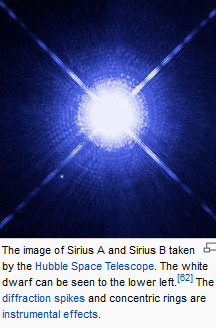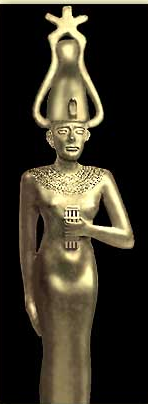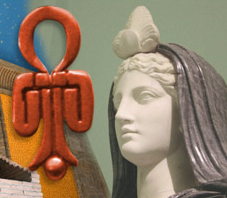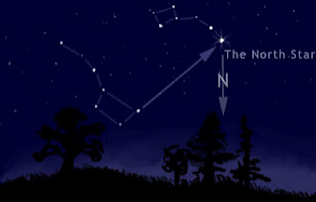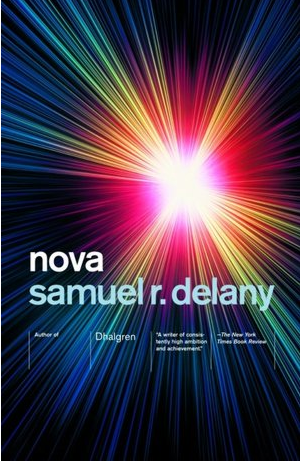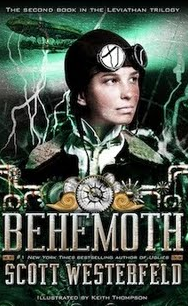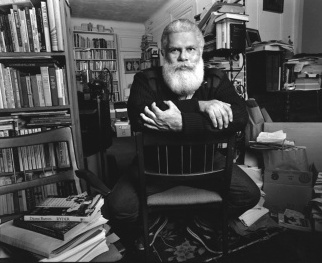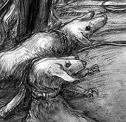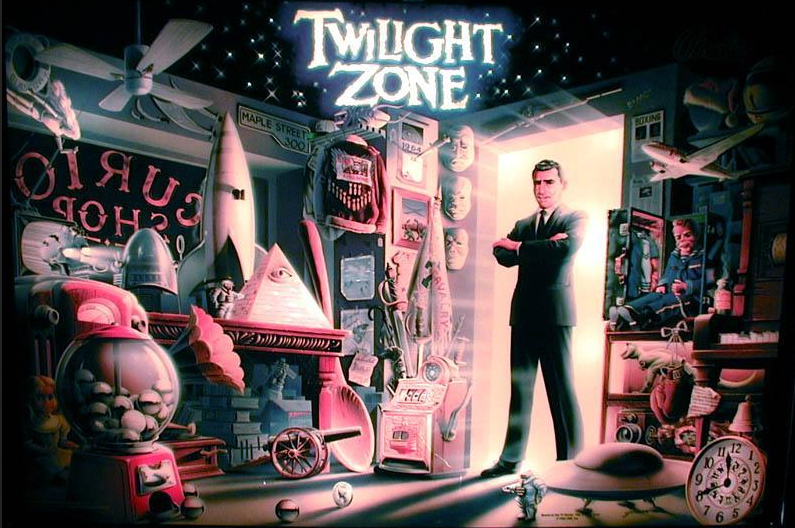The Way to Elefsina

The ruins of the site where the Eleusinian Mysteries were performed are in Elefsina, an industrial town located on the Saronic Gulf between Athens and Corinth. We almost decided not to go there because the guide books were very unenthusiastic about the place, giving descriptions like “surrounded by oil refineries and factories” and describing the ruins as “scattered”.* But all our pagan friends who had been there looked at me in horror when I told them we were going to skip the site. “Oh, but you must go!” they said. “It’s definitely worth the trip.”
So we went.
But it wasn’t easy.

As we drove out of the car rental at the Athens airport it looked like a simple trip. Almost every freeway sign said “Elefsina” and had a big, white arrow pointing the way. Little did we know that this would be our first encounter with the Greek street sign trick of being obvious and clear until you get close to where you want to go, and then disappearing altogether. We sped along the modern freeway, watching the scenery and marveling at the stamina of the initiates of long ago who walked the 15 or so kilometers along the Sacred Way from Kerameikos (the Athenian cemetery northwest of the Acropolis) to the site of the mysteries in one day.
Once we got off the freeway, finding the city, much less the site, didn’t seem so simple anymore. Part of the problem was that once you get out of Athens, not so many of the signs are in English and reading Greek from a moving car was not in any of our skill sets. The way to Elefsina was suddenly unclear. But we persevered, and guessed our way to what we thought was Elefsina. After looking in vain for something in this shabby, industrial town that might mention the Eleusinian Mysteries or an archeological site we finally saw a sign that said “Museum” with an arrow pointing right. The street was barricaded, and every cross street around it also had a no-turns sign on the right. We drove in ever widening circles and eventually gave up.
“Let’s ask at that gas station,” I said. “They should know.”
The attendant spoke just enough English to understand our question, but he seemed puzzled. He turned and said something in rapid fire Greek to the other attendant.
Oh how times change. The location of the Elusinian Mysteries was known throughout the ancient world. For over 1400 years, anybody who was anybody made it a point to go there: Plato, Hadrian, Marcus Aurelius, and the list goes on. Hundreds of initiates used to walk to the site along the Sacred Way and through this town every year. But here was a local, not a quarter mile from the place, who didn’t know where it was.
But the other attendant did.
“Go here,” he said, pointing to the street that would take us back to the museum sign and the barricaded right hand turn, “And go right.”
We looked at each other and groaned. We headed toward the it once again, and Dan, our intrepid designated driver, boldly took the nearest forbidden right hand turn that wasn’t totally blocked off. A few more illegal turns later and we were there.
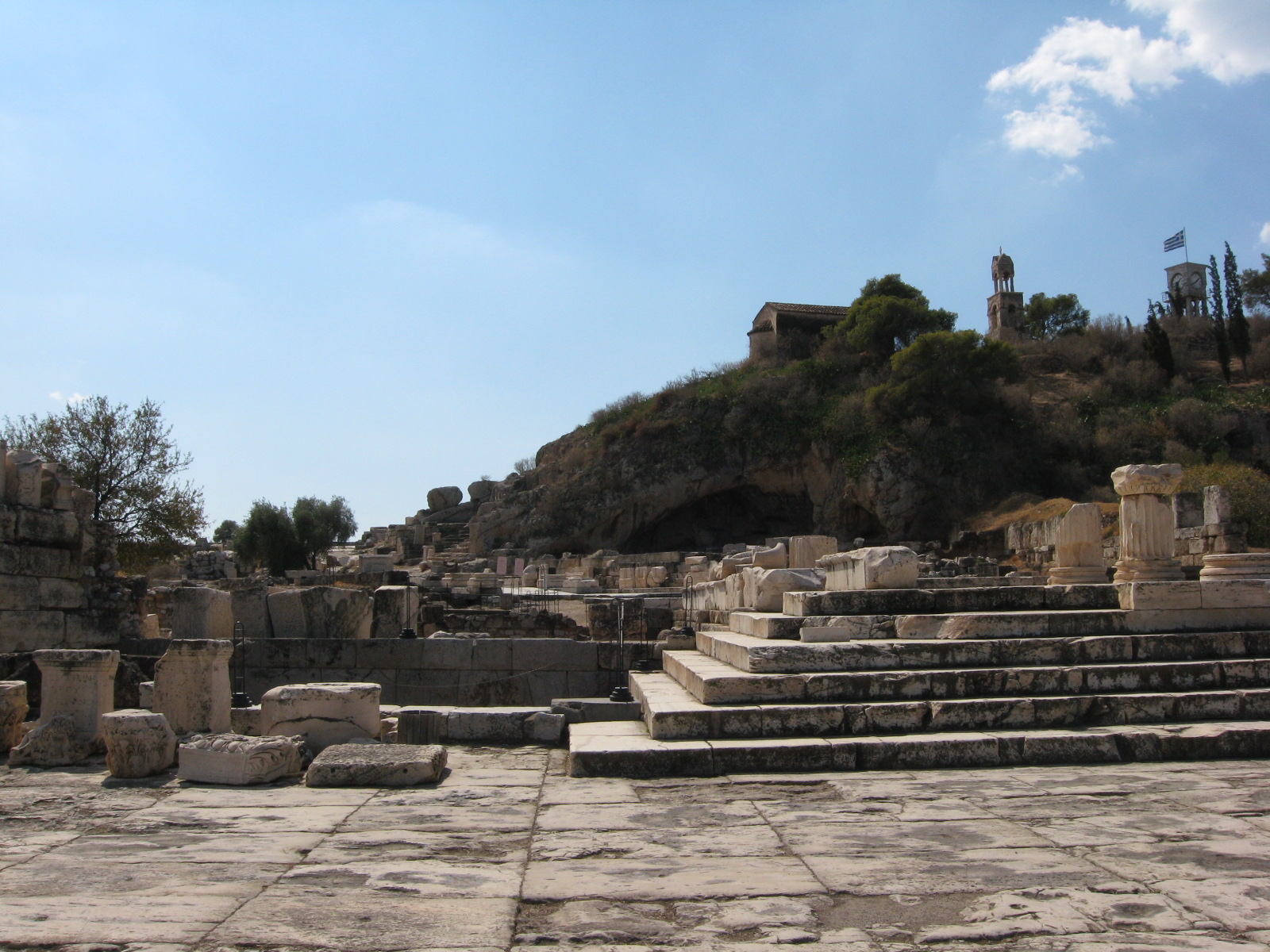
The site was lovely, but where was the museum? When we asked the man selling tickets, he pointed vaguely back down the street. We walked for a few blocks and found nothing. I spotted a young man (most people under 25 speak at least some English-many speak excellent English) and asked him.
“It’s at the archeological site at the top of the hill.”
“But the guy at the gate said it was this way,” I said, pointing away from the site.
“Well, it’s not,” he said with a marvelous shrug. ‘It’s at the site.”
We trudged back to the gate and asked the ticket-seller if the museum was on the site.
“Yes, it’s there,” he said and pointed to the top of the hill.
It seemed almost as if Demeter was testing us. Throwing up one block and then another. But we’d finally made it.
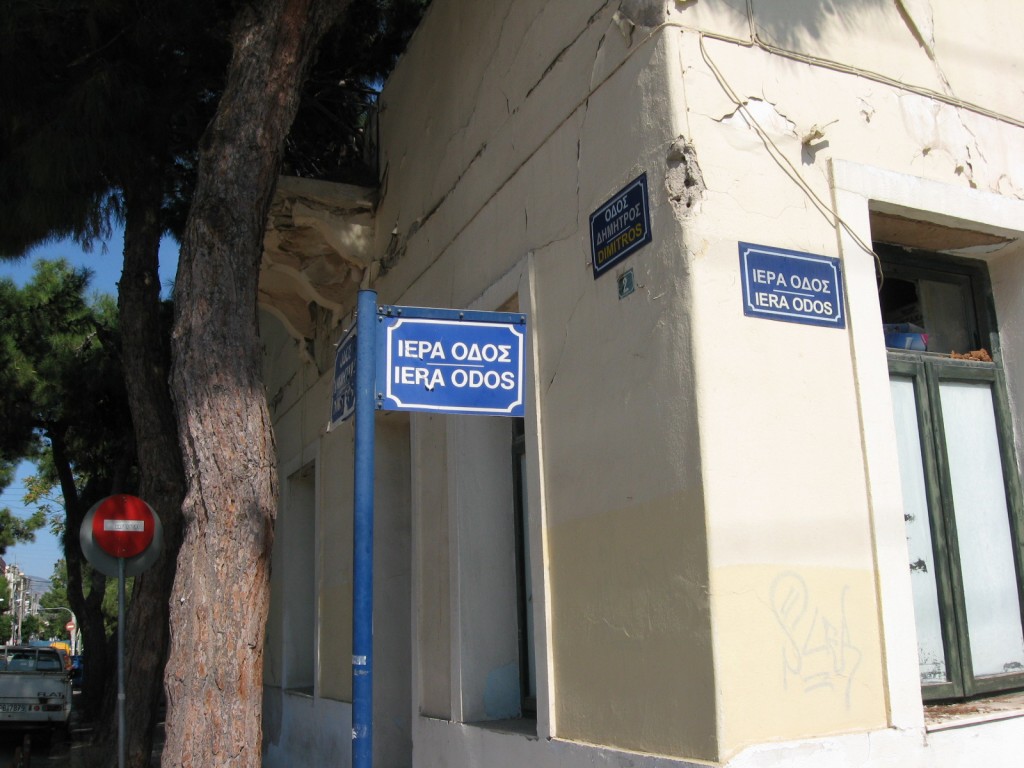
They say “Sacred Way”.
And, as it turned out, it was worth every bit of the effort.
To be continued…..
*lonelyplanet, Greece


